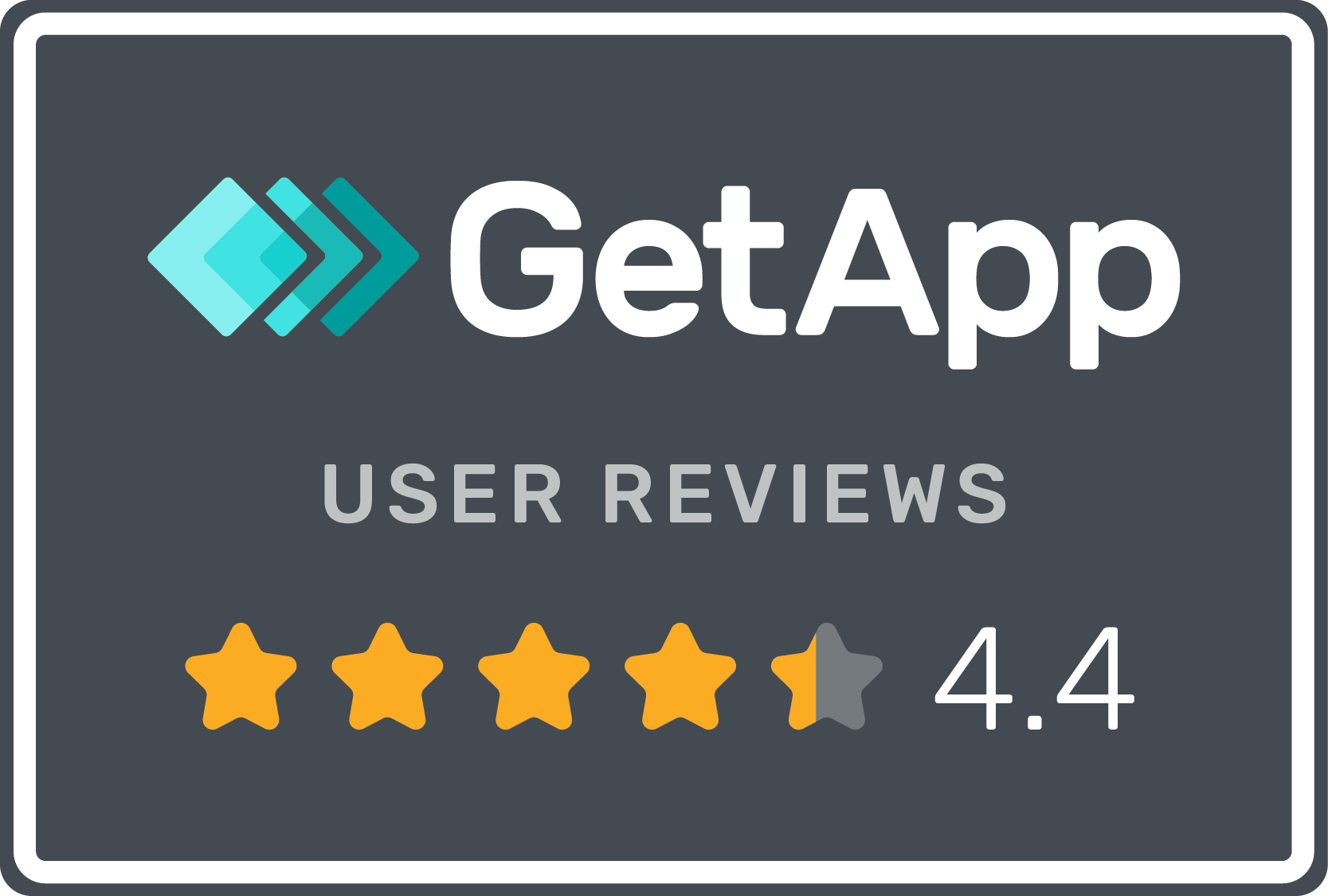talent pipeline.
what is a talent pipeline?
A talent pipeline encompasses the systems and processes organisations need to identify potential candidates and then engage and review their skills, experience and potential to see if they are a fit for future roles. Instead of advertising, collecting job applications, conducting interviews, researching candidates and the current market place to fill an open position, a talent pipeline brings you a pipeline of qualified prospective candidates that fit your culture and recruitment needs as an organisation.
talent pipeline, talent pool, and talent community: what’s the difference?
A talent pipeline delivers qualified candidates to talent pools or talent communities.
A talent pool is a database of details of potential candidates, with names and contact details that recruiters use when roles open. It comprises external candidates and employees who can be promoted from within the organisation. It allows organisations to segment, group, and categorise talent.
Talent communities allow candidates to maintain relationships between themselves and the organisation. They are primarily digital networks that keep the candidates engaged and educated through articles, thought leadership, white papers, research, etc. A good example is a Facebook group or a private Slack channel but it might hosted somewhere within your website.
how does a talent pipeline benefit an organisation?
A ready-made pool of qualified candidates, which the talent pipeline helps you build, benefits you in the following ways.
reduces the time and cost of hiring
To fill a vacant position without a talent pipeline, you need to advertise, collect job applications, conduct interviews, research candidates alongside the current marketplace to identify talented candidates to fill your open position. Each step costs time and money; the longer it takes, the more it costs. You can significantly reduce or eliminate this cost and wasted time with a pool of qualified candidates.
enables you to hire better candidates
In an effort to reduce the time and money spent on filling an open position, you’re prone to make hasty decisions and skip vital steps, which could mean recruiting the wrong talent, or recruiting a poor quality hire. You might also overlook your ideal candidates. A talent pipeline allows you to plan for these gaps, so your hire will be a strategic decision that perfectly fits the organisation and role.
Improve the candidate experience
A talent pipeline lets you get to know the candidates over time, if you build the right communication strategy to support the nurturing of this pipeline. It also gives the candidate time to learn about your organisation and how they fit into it. So, if you hire them, they can hit the ground running, be more engaged, and immediately start making an impact.
This candidate-friendly approach improves the candidate experience, strengthening your employer brand, improving retention rates, attracting more applicants, etc.
engages passive candidates
Because passive candidates aren’t actively looking for new opportunities, they are less likely to come across or engage with job postings. Building a relationship with them and then subtly pitching ideas of roles you think they would be perfect for in your organisation could be very effective.
keeps up with internal talent
You could use your pipeline for succession planning, where the pool also contains employees who are fit for promotions into specific roles. Doing this can help you identify high performers and development potential within your workforce. You can then target them with individualised development plans to develop them in their career with you, enabling them to achieve their career goals. In other words, it improves your internal recruitment strategy.
how to create an effective talent pipeline.
Talent pipelines are different for every organisation, so no formula for creating a talent pipeline is set in stone. Nonetheless, you can create an effective talent pipeline by following the general steps below.
1. identify your long-term needs and objectives
The first step is to study your strategic objectives, what positions you need to fill to achieve them currently, and any growth or changes you will undergo in the future that will affect your hiring needs.
Though complicated, the effect of things like changing location, expanding departments or market share, or potential acquisitions or mergers on hiring can be accurately determined. Assessing your future workforce needs is the most challenging and crucial part of creating a talent pipeline.
2. create a candidate sourcing strategy
Instead of waiting for candidates to apply, source them yourself. Some of the sourcing strategies you can use include:
- Referrals
- Networking
- Social sourcing—using social platforms
A sourcing strategy allows you to find passive candidates that are unlikely to apply or come across your job posting.
3. establish contact
Once you have identified the candidates, rather than pitch them offers, organically connect with them to build relationships. It builds trust and prevents them from shutting you down if they aren’t interested in your offer.
4. assess and nurture the candidates
As you connect with them, assess how candidates’ personalities and talents align with your organisation’s culture and needs. You can do this by checking for certain traits and qualifications not in their CV. Once you identify their strengths and potential, you can help them develop as they wait to fill a future open position.
Continue to strengthen the relationship by sending them relevant and engaging content in which they’re interested, particularly if it is content that can help them to upskill and develop, instead of bombarding them with job offers. Even better if you can send them internal training pieces that might help them to gain a better understanding of your business and the culture of the people within.
get the right tools to pipeline talent.
A talent pipeline allows you to make faster and better hires for your organisation at a lower cost and in a much shorter period. To create an effective one, you need to take a proactive approach and plan for your future workforce needs, source the right candidates, then nurture them as you wait for relevant roles to become available.
It may seem like a lot of effort, but you can simplify it with backend tools and technologies. An applicant tracking system can help you find, identify, track, engage, and stay connected with a potential candidate, and in a compliant way that meets GDPR.
If you’re looking for an ATS to help you build a pipeline of talent, hireful offers industry-leading software that can help. It is incredibly flexible and easy to use with its wide range of features, very cost-effective, and our team of experts will help you get the most out of it.
Book a demo to learn more about hireful and how it can help you pipeline talent.










